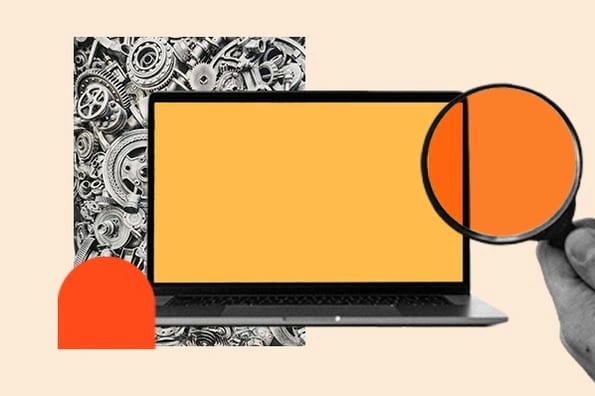
The File for This Component Has a Non-Matching Internal ID
Have you ever received the error message “The file for this component has a non-matching internal ID”? It can be a frustrating experience, especially if you’re unfamiliar with the error and don’t know how to fix it. In this comprehensive guide, we will delve into the meaning of an internal ID and delve into understanding why you might be encountering this error. We’ll also provide clear and detailed guidance on how to resolve this problem effectively.
An internal ID is a unique identifier assigned to a specific file or component within a software system or application. Its purpose is to keep track of files and components within the system, ensuring they are properly referenced and linked to their intended locations. When an internal ID mismatch occurs, it means the system is unable to locate or identify a particular file or component, resulting in the error message.
Reasons for a Non-Matching Internal ID
There are several reasons why you may encounter the “The file for this component has a non-matching internal ID” error:
- File Corruption: Corrupt or damaged files can lead to internal ID mismatches. Corruption can occur during file transfers, storage issues, or software malfunctions.
- Incorrect File Modifications: If a file has been modified or edited externally, the internal ID may change, making it unrecognized by the system.
- Outdated Software: Outdated software versions may not be compatible with the current version of the file, resulting in ID mismatches.
li>System Registry Issues: Corrupted or missing registry entries can interfere with the proper identification of files and components, causing ID mismatches.
Resolving the “The File for This Component Has a Non-Matching Internal ID” Error
To resolve the error, you can follow these steps:
- Verify File Integrity: Ensure the file causing the issue is not corrupted or damaged. Redownload or obtain a fresh copy of the file from a trusted source.
- Check File Permissions: Ensure that the file’s permissions are set correctly. Grant appropriate read/write permissions to the necessary users or groups.
- Update Software: Install the latest updates and patches for the software or application that is encountering the error. Updated versions may include fixes for internal ID mismatch issues.
- Clean the System Registry: Use a registry cleaner tool to scan and repair any corrupted or missing registry entries that may be interfering with file identification.
- Reinstall the Software: As a last resort, you may need to completely reinstall the software or application to resolve the issue. Ensure that you have a backup of your data before proceeding.
Conclusion
The “The file for this component has a non-matching internal ID” error can be frustrating, but it can be resolved by following the steps outlined in this guide. By verifying file integrity, checking file permissions, updating software, cleaning the system registry, or reinstalling the application, you can effectively resolve the error and restore proper functioning of your system.
If you continue to encounter this error despite following these steps, or if you encounter any additional issues, it is recommended to seek professional assistance from a qualified technician.
Are you interested in learning more about this topic?
If you found this article helpful and would like to learn more about the topic of internal ID mismatches and related issues, here are some additional resources:
- Microsoft Support: Troubleshooting Invalid or Missing Component IDs
- TechRepublic: How to fix ‘The file for this component has a non-matching internal ID’ error
- Google Support: Troubleshooting Package Installation Errors
![How To Create a Skills Matrix [FREE Excel Template] - AIHR](https://www.aihr.com/wp-content/uploads/benefits-of-a-skills-matrix-social.png)
Image: www.aihr.com

Image: blog.hubspot.com
Network Effect: Types, Advantages & Disadvantages! This happens when several boards with the same set of components are used in a device assembly AND IF there is no common component folder set up in … Troubleshoot “The Internal ID Does Not Match” issue with SOLIDWORKS MCAD. Created: September 25, 2021 … The solution is to choose “Accept this file anyway” option on opening of a device